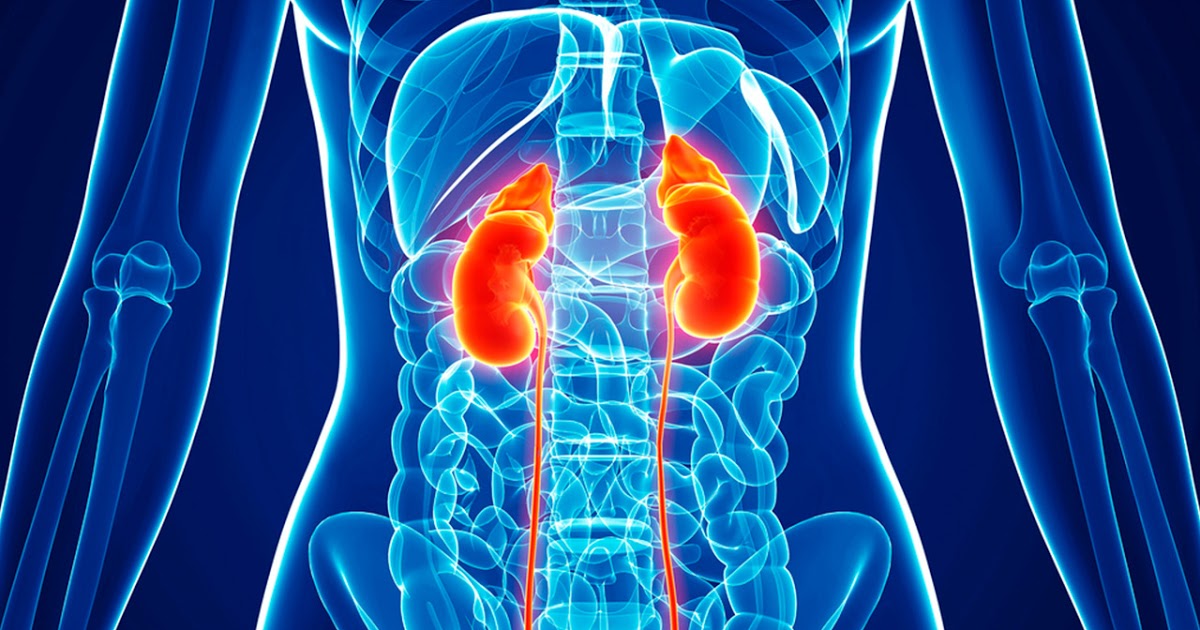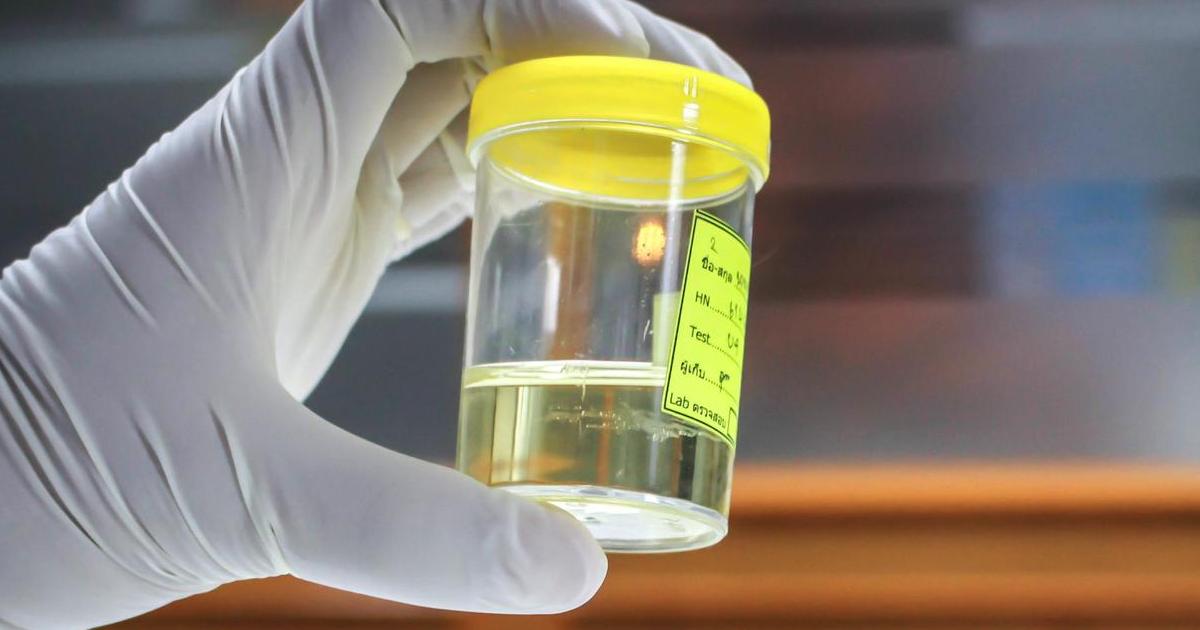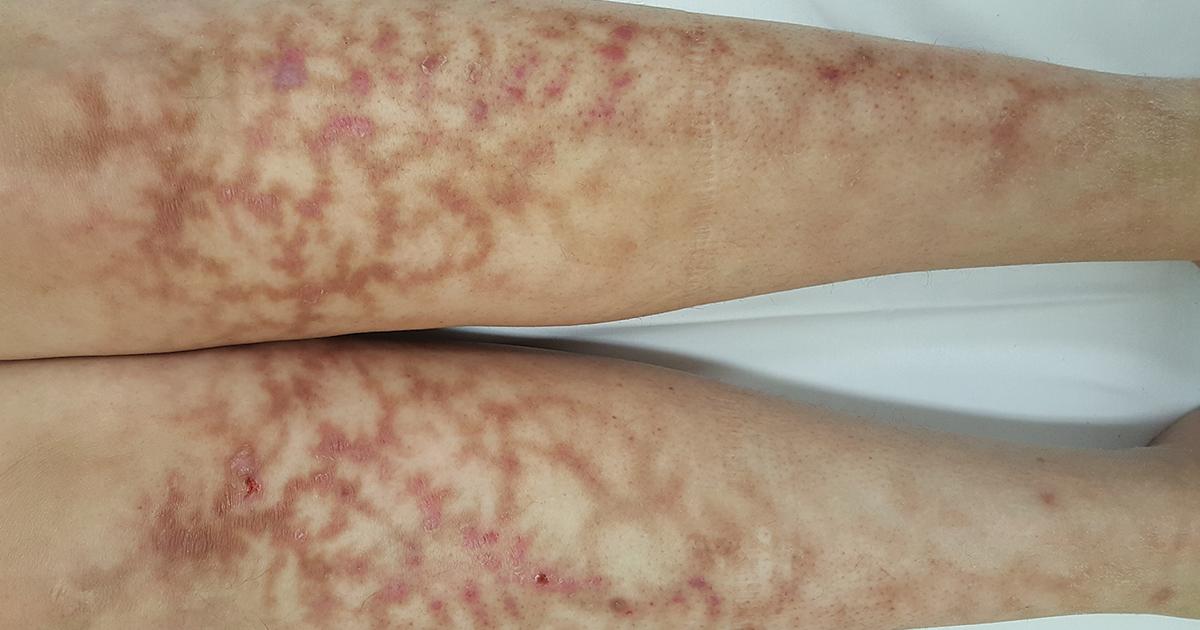Symptom Guide To Microscopic Polyangiitis
Microscopic polyangiitis is a rare disease with an unknown cause, though it seems to be a form of vasculitis, the inflammation of the blood vessels. While little information is known about microscopic polyangiitis specifically, there's a general understanding of how vasculitis affects the body. As such, medical professionals are reasonably confident that they understand how microscopic polyangiitis progresses. The disorder is rooted in a dysfunctional immune system, although it's not clear how the immune system came to be so dysfunctional. Microscopic polyangiitis is also called ANCA-associated vasculitis. ANCA antibodies mistakenly attack benevolent enzymes that reside within white blood cells. The result is severe damage to the white blood cells and the flooding of enzymes through the blood vessels, causing serious damage.
Uncover the major symptoms of microscopic polyangiitis now.
Kidney Failure

Kidney failure is the extreme, advanced stage of kidney inflammation. Kidney inflammation is the most common symptom, occurring in more than eighty percent of patients. In an ideal case, the inflammation would be discovered and treated before it progressed to total renal failure. However, the amount of time the patient has varies widely. Some patients experience slow inflammation, while others have such rapidly progressing symptoms they soon moved to renal failure. When a patient's microscopic polyangiitis is active, their red blood cells form clumps inside the inflamed kidney's tubules. Instead of being filtered, these clumps, which should not be inside the kidneys to begin with, pass through the body's filtration system and exit the body. This entire process causes damage to the kidneys and can cause them to break down, losing their functionality.
Reveal more symptoms of microscopic polyangiitis now.
Fatigue

Fatigue is another one of the most common symptoms of microscopic polyangiitis. It's important to note this is a symptom of hundreds of illnesses, so fatigue alone isn't a strong indicator of microscopic polyangiitis. Patients with microscopic polyangiitis are more likely to experience exhaustion and other generalized symptoms. Common reports include fever and a general sensation of unwellness. The tiredness can be attributed to the systemic nature of microscopic polyangiitis. Microscopic polyangiitis affects blood vessels and organ systems throughout the patient's entire body, which naturally leads to feelings of fatigue and sickness. Health professionals refer to these generalized feelings as constitutional symptoms, which indicate an underlying cause is harming a patient's whole body, leading them to develop broad, full-body reactions.
Continue reading for more information about microscopic polyangiitis symptoms now.
Blood Or Protein In Urine

The kidney inflammation goes hand-in-hand with blood or protein in the urine. The renal system is supposed to keep both blood and protein out of an individual's urine. When a urine sample comes back with high levels of blood or protein, it's an immediate sign something is seriously wrong with the kidneys. If an individual notices blood in their urine, it's important to see a doctor right away, and if other symptoms of unwellness are also present, it might be necessary to seek emergency medical attention. Meanwhile, if a patient's urinalysis comes back with high protein, a doctor should take this seriously and run further tests. Protein in the urine isn't always a sign of kidney disease, as it can sometimes indicate the body is overproducing proteins. Because kidney inflammation often presents without symptoms, protein or blood in the urine is often the only warning sign patients have before full renal failure.
Discover more warning signs of microscopic polyangiitis now.
Livedo Racemosa

Livedo racemosa (LRC) is a pathological symptom that presents as patterns of blemishes on the skin. While mimicking the appearance of livedo reticularis, the two conditions are markedly different. Livedo reticularis is a benign condition, while LRC is associated with the immune system producing improper antibodies. Livedo racemosa develops as a symptom of a larger disease, rather than being an illness in itself. If any patient presents with LRC, health experts say the next step is immediate testing for antiphospholipid antibodies. The purple and blue blemishes are vivid, especially against pale skin, and cannot be reversed. However, despite the drastic change to an individual's appearance, livedo racemosa's existence has saved lives. When individuals don't notice any symptoms until the blemishes occur, there's a good chance they would have progressed to total renal failure unaware they were sick. Because of LRC, they sometimes receive lifesaving medical treatment in time.
Understand more indicators of microscopic polyangiitis now.
Loss of Appetite

Loss of appetite is another common symptom that falls under the 'constitutional' umbrella. The appetite loss doesn't appear to be caused by a concentrated problem with the stomach or gastrointestinal system, but is instead a product of the general feeling of unwellness. Microscopic polyangiitis ravages the entire body, inflaming blood vessels and damaging organs. It's possible some patients experience damage to their digestive system, but a more likely cause is a nauseous feeling. Frequent fevers are also common. Because these symptoms are usually related to a common cold or flu, many patients don't realize they're seriously ill until they're in danger. Patients often lose a significant amount of weight without trying due to their loss of appetite, since they aren't eating enough to effectively nourish their bodies.